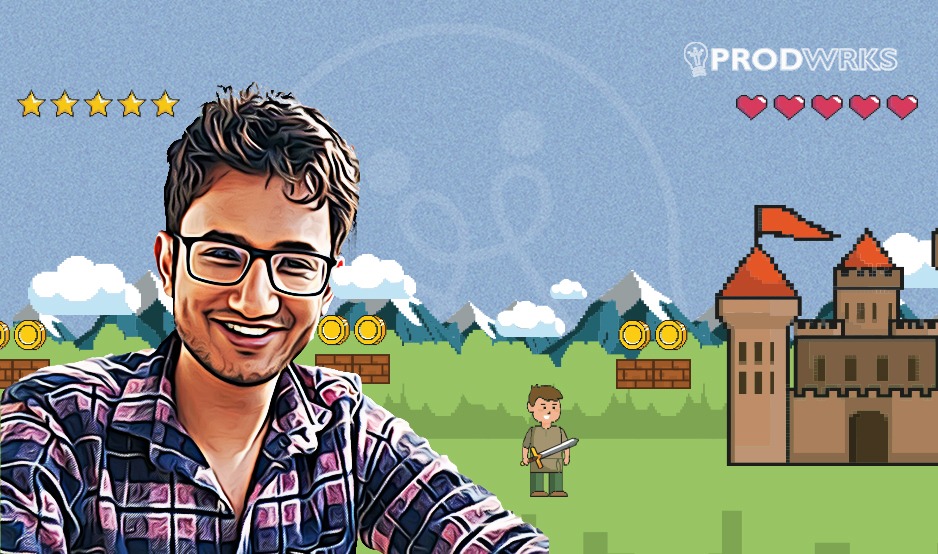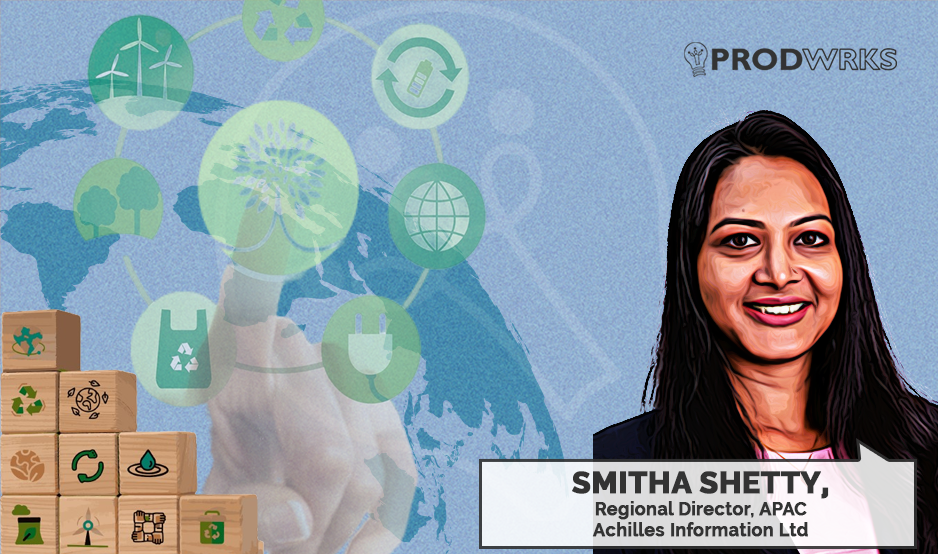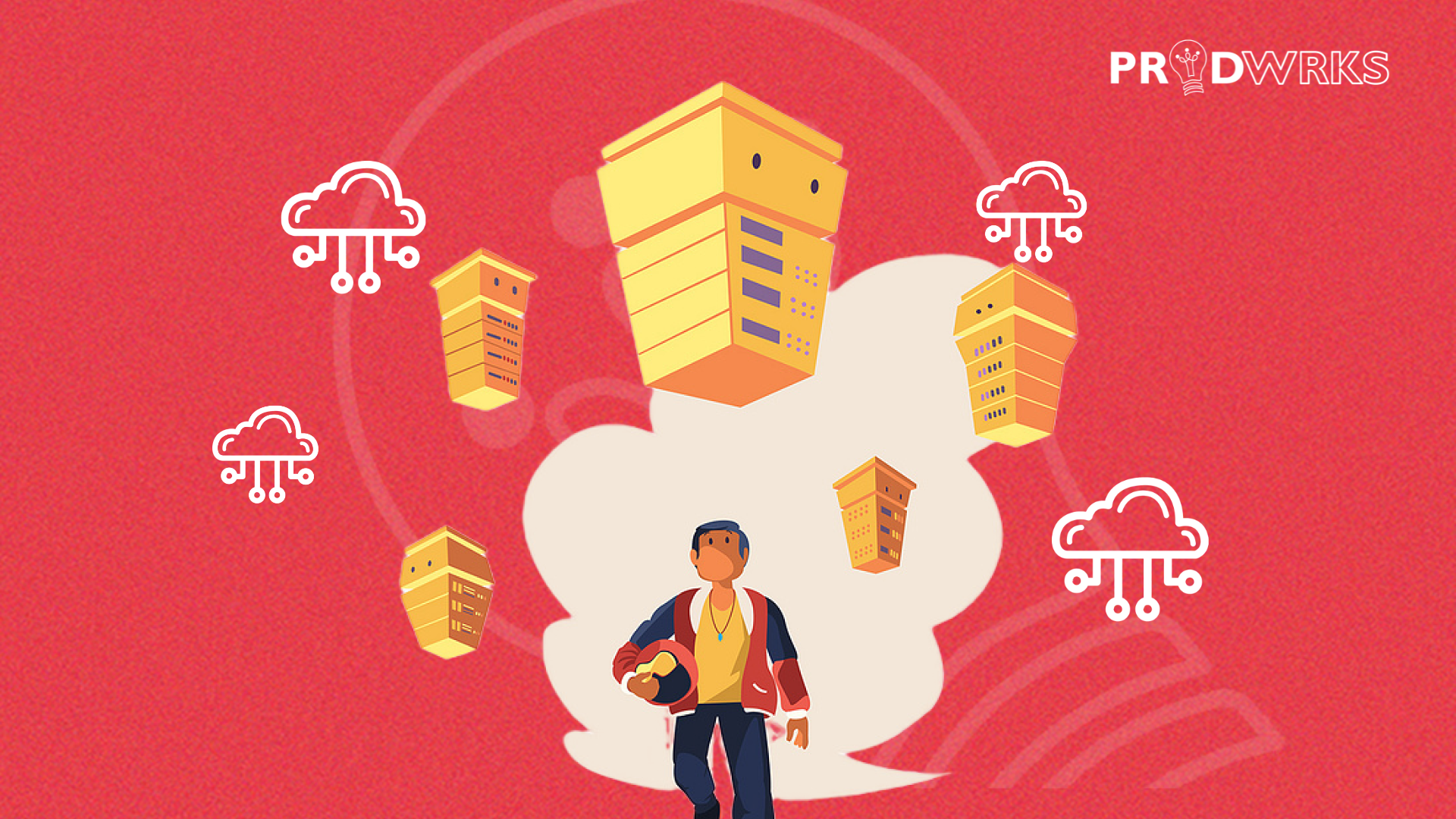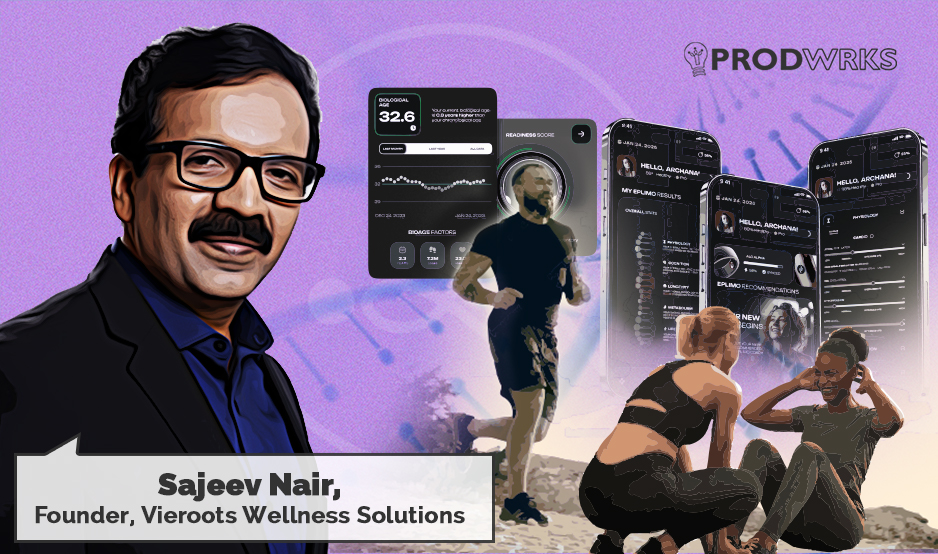
So, founders and product leaders must heed the developments and product management concepts in the gaming world if they want to stay on the cutting edge of products. To help you understand how products are managed in the gaming industry, ProdWrks interviewed Ashish Pathak, Senior Product Manager at now.gg, the world’s first cloud distribution platform for mobile games.
In this exclusive interview, Ashish talks about his product management philosophy and strategies, how he leverages data and user feedback for product decisions, and the problems he solves while developing a platform-as-a-service for game developers at now.gg.
(This interview has been edited for clarity and length.)
1. Hi Ashish. What’s your favourite video game, and what inspired you to pursue a career in product management in the gaming industry?
My favourite video game of all time is Call of Duty Mobile. Its user-friendly approach to facilitating play between friends captivates me. I believe games are the original digital products. The gaming industry has addressed boredom for over 6000 years, with constant innovation at its core. The most exciting aspect of working in the gaming industry is the exposure to elements that drive revolutionary change, where we get learning opportunities daily.
2. Has your previous experience as a product manager in non-gaming-related companies influenced your approach to product management at now.gg?
Working across various companies of diverse sizes has helped me hone my interpersonal skills and taught me the necessity of adapting my energy levels and strategies to the scope and scale of the product. Larger enterprises demand a careful, robust approach, as there is much at stake should mistakes occur. This can sometimes be the Achilles’ heel of big corporations, where growth often depends on acquisitions. Here, product management is primarily about maintaining the status quo. The real action tends to lie within the M&A department.
On the other hand, innovation is essential for survival in smaller companies. These businesses prioritize resolving age-old problems with more refined, innovative solutions. The pace is typically faster, and the approach is more result-oriented due to limited resources. This diversity in experience has shaped my approach towards product management at now.gg, allowing me to navigate varying environments adeptly.
3. What are some daily problems you solve as a product manager in the gaming industry?
One of the most significant challenges I face on a daily basis is ruthlessly prioritizing tasks in line with the company’s vision. Developing a platform means addressing the needs of a broad range of customers. However, it’s simply not feasible to accommodate everything at once. So, we prioritize based on our vision, which often entails saying no to many requests.
It’s essential to balance optimizing day-to-day operations and stepping back from immediate decision-making to observe the evolving larger picture. Maintaining this balance allows us to navigate immediate challenges while keeping sight of our broader goals and strategic direction.
4. How do you prioritize product development at now.gg?
Prioritization becomes straightforward when the company’s vision and mission statements are well-defined. It’s easier to sift through problem statements that will help us achieve our vision. From here, we focus on assessing impact vs effort. We aim to quickly complete high-impact, low-effort tasks and assign bandwidth for high-impact, high-effort tasks.
Factors such as user feedback, cohort analysis, market insights, and industry developments all contribute to defining our problem statements. Each potential solution is then evaluated against its potential impact on revenue and growth. Through such a structured and informed approach, we ensure that feature development aligns with both user needs and business goals and continually measure the impact of these features on user engagement and revenue.
5. Can you tell us about a strategy you followed in the gaming industry that can be adapted to manage products in other digital product industries?
One of the guiding principles I follow is to avoid tackling multiple problems simultaneously. To identify problems, I believe in constructing a standard solution and letting the users and the data guide us. We learn more by releasing a product into the user’s hands.
During the early days of now.gg when a user tried to run a game on our cloud service, they had to wait for a machine to be allocated for them, which could take a few seconds. Initially, we implemented a straightforward solution where users had to wait on a loading screen, with text messaging to keep them informed. However, this led to significant drop-offs.
Our approach to solving this problem followed this principle – Identify Problem > Build Solution > Measure > Improve. In this case, the problem we identified was that the users got bored while waiting for a game to load.
We considered two solutions:
A. Don’t let users get bored
B. Don’t make users wait
Although reducing wait time (Solution B) was an obvious answer, it would have required considerable effort and time. So, while working on Solution B, we experimented with various design interventions to make waiting less tedious. The ensuing discussions were enlightening when we defined the problem this way.
We scoured various sources to find what solutions had worked to make waiting time bearable for other products – from mirrors in elevators to magazines in clinics. Eventually, the solution was straightforward. Since users are interested in the game they want to play, we decided to show them gameplay videos during the waiting time. The drop-offs reduced to a tenth of their previous level, which we achieved in just two days.
Eventually, we also managed to reduce the game startup time to a few seconds, proving that strategic, user-focused solutions can drive remarkable improvements in product experience.
6. How do you leverage data to make short-term and long-term product decisions in the gaming industry?
Data is pivotal in our approach to product management in the gaming industry. We use data-driven insights for daily decision-making, while our long-term decisions are guided by macroeconomic trends, industry developments, and the company’s vision.
Most of our daily product decisions and feature implementations undergo rigorous A/B testing. This allows us to understand user preferences better and make changes that improve their experience and engagement. Alongside A/B testing, we rely on funnel and cohort analyses to measure the impact of changes or new features.
However, we recognize that not every decision can be entirely data-driven. Some aspects of user experience are subjective and not easily quantified. Therefore, certain features are introduced to production based on our understanding of user needs and behaviors, even if we don’t have strong data signals supporting these changes. This balanced approach helps us create a user-focused product that efficiently leverages data.
7. What role do AI & ML play in managing the now.gg platform?
Machine learning and AI play significant roles in predicting user behavior or system requirements. For instance, we need to predict server demand beforehand to ensure all our users are served instantaneously. Predicting this allows us to have resources ready even before a user has made a request.
Machine learning algorithms help us make these predictions more accurately, improving the efficiency of our resource allocation and ultimately enhancing the user experience. By anticipating demand, we can significantly reduce wait times and ensure seamless gameplay for our users. This is just one example of how AI and ML can be leveraged to improve product functionality and user satisfaction.
8. What strategies do you follow for user acquisition and retention in now.gg?
In a highly competitive gaming market, it’s crucial to understand and define user personas, discovery channels, and the core needs of the users to build a robust platform. Now.gg simplifies the process for developers, enabling them to reach previously inaccessible markets easily.
Launching a game on our cloud platform requires zero waiting time for downloads and next to no storage. Typically, you’d have to go to an app store, wait for the game to download and install, and then set up the initial game settings. Depending on the game type and your internet connection, you might spend anywhere between 5 to 30 minutes before you can even start playing. During this wait, a simple notification from a social app or a message from a friend might distract you and change your mind.
However, with now.gg, you can start playing games within a few seconds. This streamlined experience is so valuable that most of our initial growth has happened organically, primarily through word-of-mouth referrals. The majority of our traffic is direct, indicating a high level of user satisfaction and engagement. As a result, our efforts are primarily focused on enhancing this word-of-mouth growth, providing an excellent user experience, and making gaming as seamless and accessible as possible.
9. Can you share a project or initiative you're currently working on at now.gg that you're particularly excited about and why?
One of our primary focus areas is user growth, and I am actively devising strategies to tap into new channels for growth. Our platform has enjoyed considerable success through word-of-mouth referrals, but we recognize the need to extend beyond our existing user communities and demographics to achieve exponential growth.
We’re experimenting with various growth tactics across channels, such as organic, social, and referral. Each channel has unique demands and requires tailored tactics for successful growth. We’ve already seen a few initial successes, along with certain misses. One of the initiatives that particularly excites me is exploring the potential of referral programs.
Leveraging our satisfied user base to attract new users has great potential, and finding creative and effective ways to encourage and reward referrals is challenging but thrilling. I’m looking forward to seeing the impact of this and other initiatives on our user growth.
10. What advice would you give aspiring product managers who want to make a difference in the gaming industry?
The gaming industry has been experiencing rapid growth over the past few years, a trend that has been particularly prominent in many regions like US, Asia and especially India. You can visit even the most remote villages and find someone engrossed in a game on their phone. Yet, this is just the beginning. We expect to see an explosion in the industry as revenue figures continue to increase.
This growth will create a multitude of opportunities within the sector. My advice to those aiming to become product managers in the gaming industry is to start by immersing yourself in the field. Literature is abundant about games and gaming platforms available today. I recommend getting your hands on these resources and building a solid knowledge foundation.
Additionally, experience the products firsthand. Play various games, and understand their mechanics, monetization strategies, and the reasons behind their success or failure. Understanding the end user’s experience is invaluable when developing products they’ll love.
Lastly, be persistent and don’t be afraid to take risks. The gaming industry is highly innovative and rapidly evolving, and successful product managers must be able to adapt, think creatively, and step outside their comfort zones. Learn from every experience, keep growing, and most importantly, enjoy the journey!



